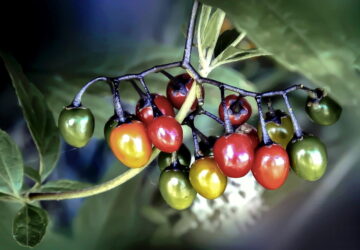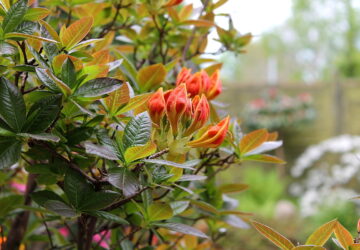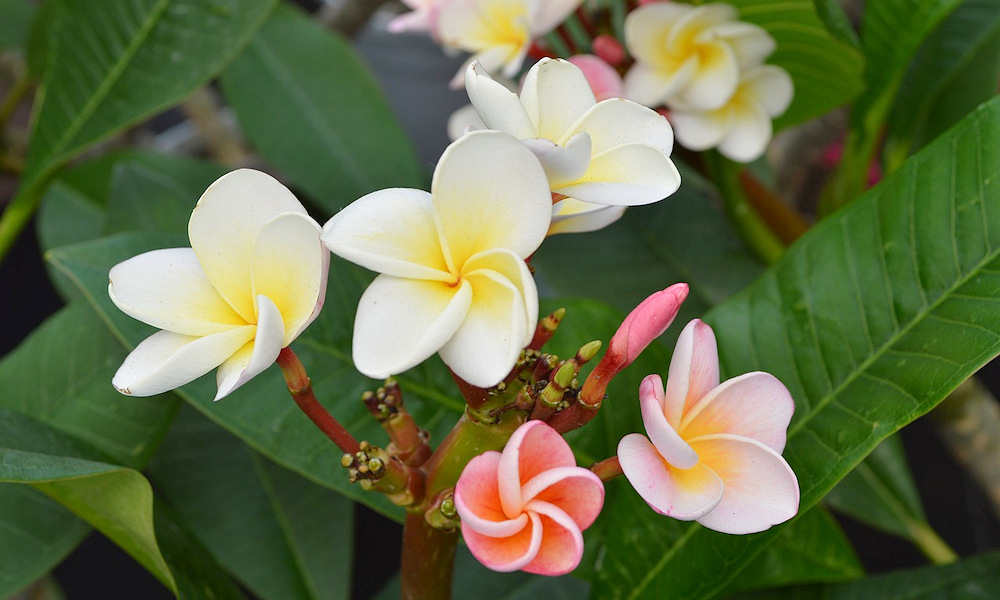Discover the enchanting world of frangipani (Plumeria) and bring the allure of tropical beauty right to your balcony. With its stunning blossoms, intoxicating fragrance, and easy-care nature, frangipani is the perfect choice for beginner gardeners seeking a touch of exotic elegance in their outdoor spaces.
Frangipani, also known as Plumeria, is a beautiful and fragrant tropical plant that can thrive as a balcony plant, bringing a touch of the exotic to your outdoor space. Here’s a beginner’s guide to growing frangipani on your balcony:
Choose the Right Variety
Frangipani comes in a variety of colors, including white, yellow, pink and red. Consider the size of your balcony and select a compact or dwarf variety that is suitable for container gardening.
Select a Suitable Container
Frangipani plants prefer well-draining soil, so choose a container with drainage holes to prevent waterlogging. A terracotta pot or any other sturdy container of appropriate size will work well. Ensure the pot is large enough to accommodate the plant’s root system.
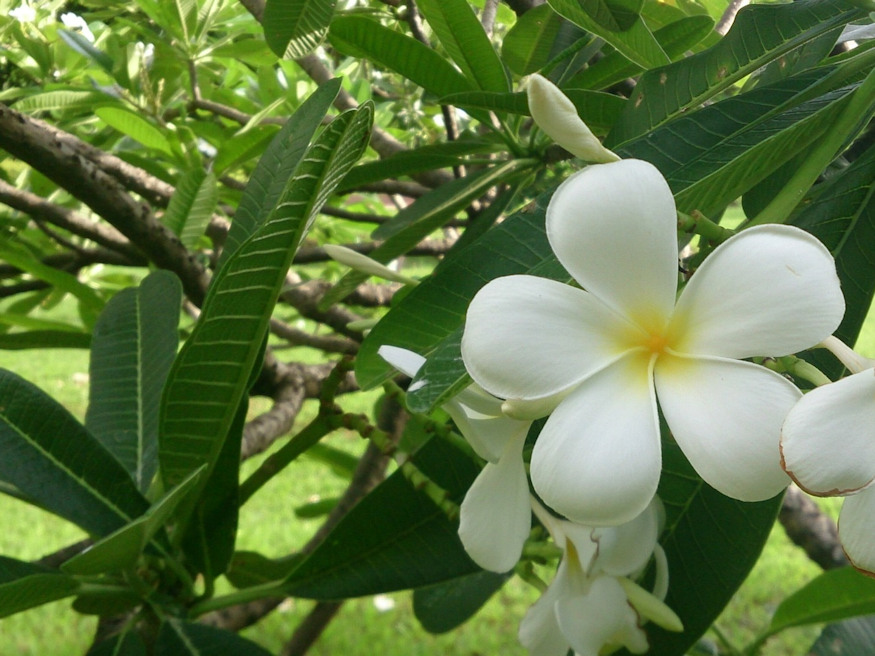
Soil and Planting
Use a well-draining potting mix, preferably a blend of loam, sand and organic matter. This will provide good drainage and promote healthy root development. Plant the frangipani in the container, ensuring that the roots are covered but not buried too deeply.
Light and Temperature
Frangipani thrives in full sun, so place your container in a sunny spot on your balcony where it will receive at least 6-8 hours of direct sunlight each day. They prefer warm temperatures, around 65-85°F (18-29°C), so avoid exposing them to cold drafts or extreme temperature fluctuations.
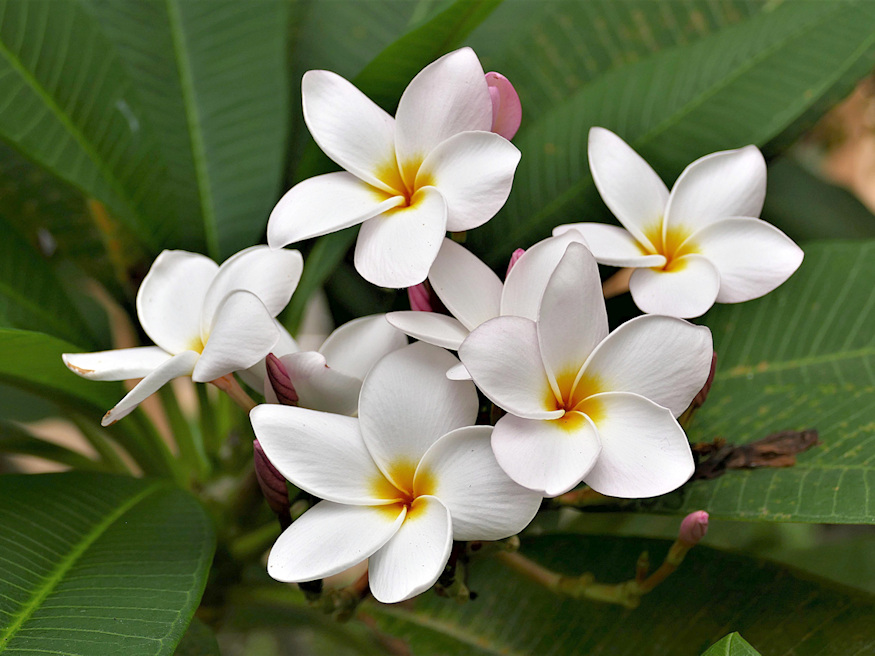
Watering and Humidity
Frangipani plants are drought-tolerant once established, but they still require regular watering, especially during the growing season. Water the plant thoroughly, allowing the soil to dry out between waterings. Be cautious not to overwater, as this can lead to root rot. Frangipani prefers moderate humidity, so misting the leaves occasionally can help provide some moisture.
Fertilization
Feed your frangipani plant with a balanced, slow-release fertilizer during the growing season (spring and summer). Follow the package instructions for proper application. Avoid fertilizing during the winter months when the plant is dormant.
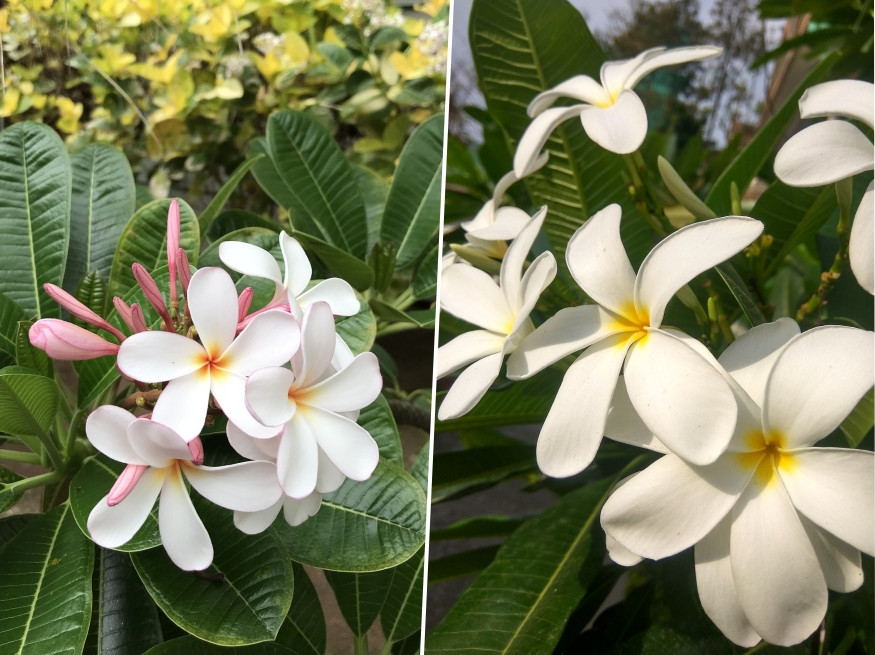
Pruning
Frangipani can be pruned to control their size and shape. Prune any dead or damaged branches and remove any suckers that emerge from the base of the plant. Pruning is best done during the dormant period, which is typically in winter.
Pests and Diseases
Frangipani plants are generally resistant to pests and diseases, but occasionally they can be affected by aphids, scale insects or fungal issues. Monitor your plant regularly for any signs of infestation or disease, and take appropriate measures if necessary, such as using organic insecticides or fungicides.

Winter Care
If you live in a region with cold winters, frangipani may need protection from frost. Consider moving the plant indoors or to a sheltered location during the colder months to prevent damage.
Propagation
Frangipani is relatively easy to propagate through cuttings. Healthy stem cuttings can be rooted in well-draining soil or water, making it an accessible plant for gardening enthusiasts.
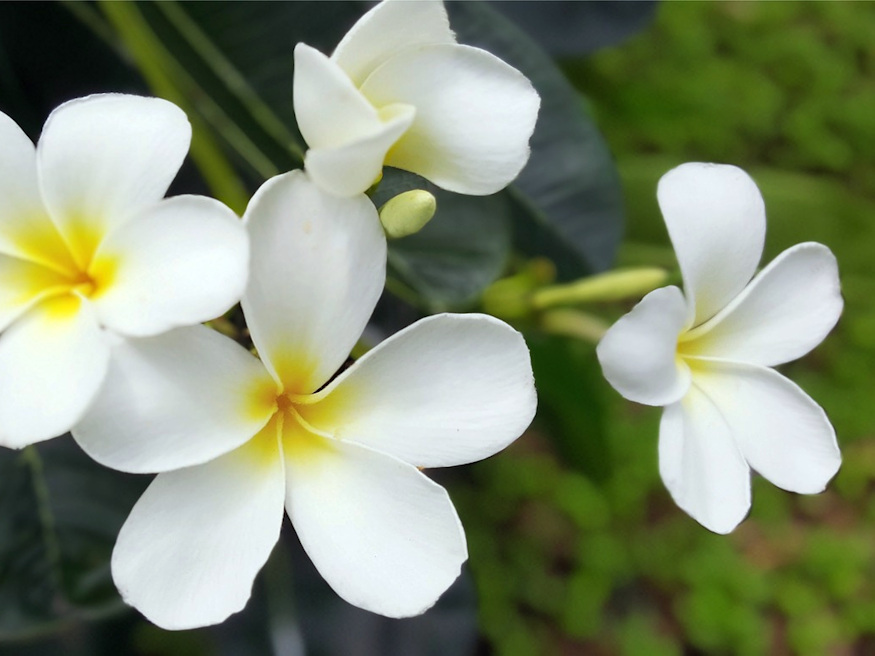
Enjoy the Blooms
Frangipani plants are renowned for their beautiful and fragrant flowers, which often bloom during the summer months. Sit back and enjoy their stunning blossoms and delightful scent on your balcony.

Interesting Facts
Global Distribution
Frangipani is native to tropical and subtropical regions, including Central America, the Caribbean and various parts of Asia, such as Indonesia, the Philippines and India. It has been introduced to many other tropical areas worldwide and is a popular ornamental plant.
Fragrant Flowers
Frangipani is widely admired for its beautiful and fragrant flowers. The blossoms are typically five-petaled and come in a range of colors, including white, yellow, pink and red. The fragrance of the flowers is often described as sweet and intoxicating, adding to their allure.
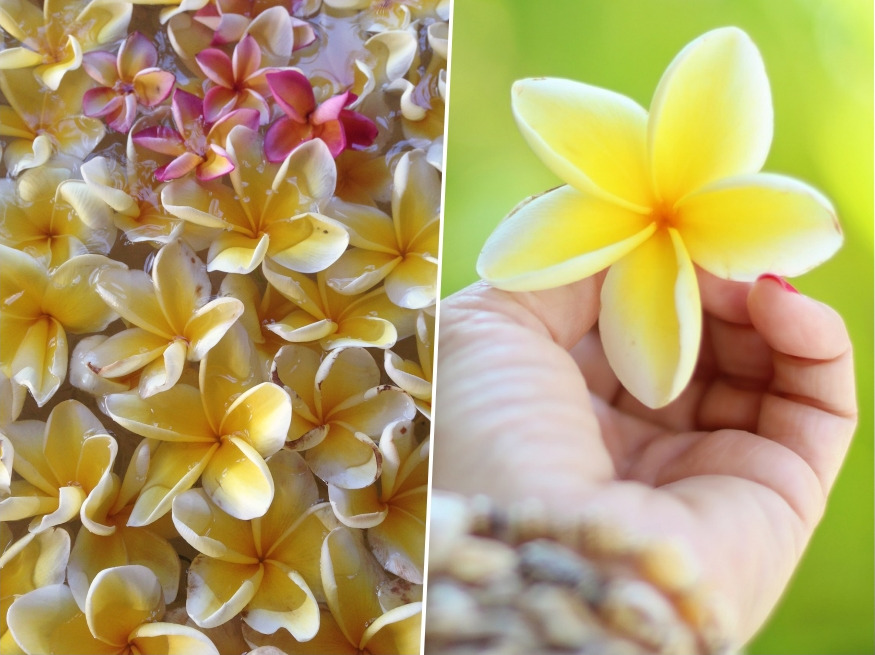
Symbolism and Cultural Significance
Frangipani holds cultural and symbolic significance in various parts of the world. It is commonly associated with love, immortality, devotion and birth. In many cultures, the flowers are used in religious ceremonies, garlands and traditional offerings.
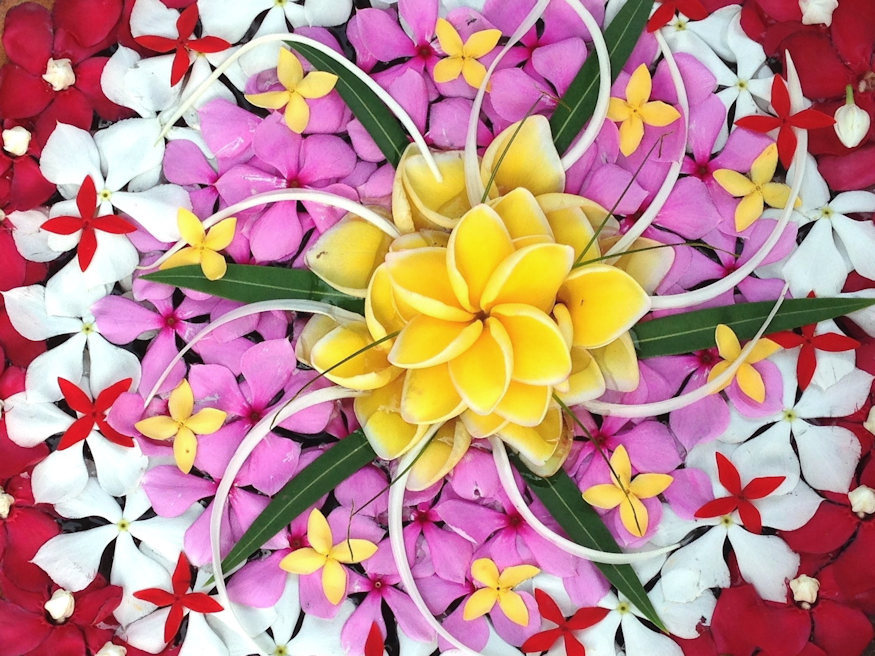
Hawaiian Lei Flower
Frangipani is one of the iconic flowers used in making traditional Hawaiian leis. These fragrant floral garlands are worn around the neck or presented as a welcoming gesture or celebration.
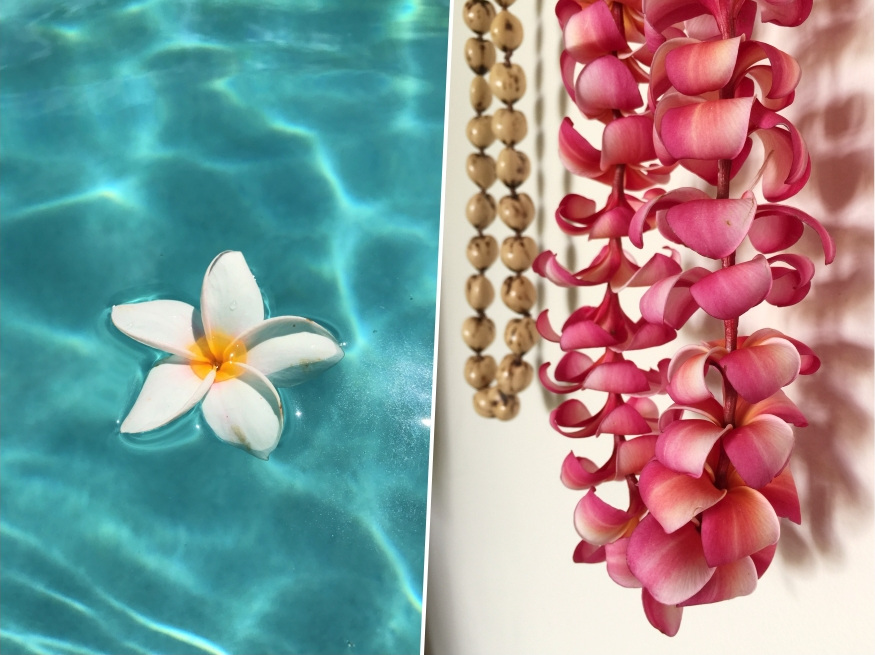
Medicinal and Folklore Uses
Frangipani has been used in traditional medicine in many cultures. Various parts of the plant, such as the bark, leaves and sap, have been employed for their supposed medicinal properties, including treating skin ailments, inflammation and fevers. However, it’s important to note that the plant should be used with caution and under the guidance of an expert, as some parts can be toxic if ingested.
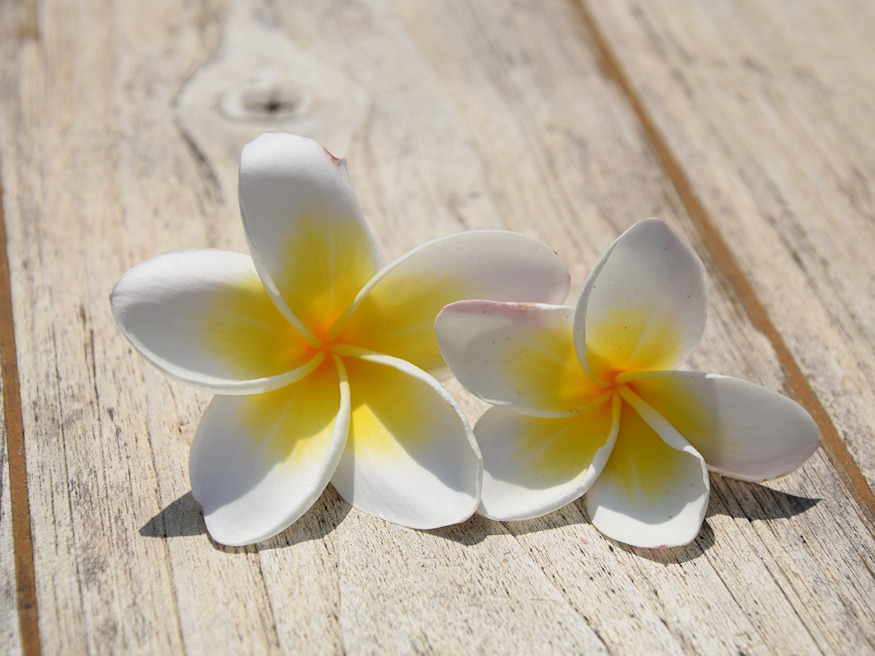
Evergreen and Deciduous Varieties
Frangipani consists of both evergreen and deciduous varieties. Evergreen types retain their leaves year-round, while deciduous types shed their leaves during the winter or dry season. The deciduous varieties often produce new growth and bloom following their leafless period.

Attracts Pollinators
Frangipani flowers are pollinated by various insects, especially butterflies, moths and bees. The vibrant colors and sweet fragrance of the flowers attract these pollinators, contributing to the plant’s reproductive cycle.
Remember, each plant is unique, and it may take some time to understand the specific needs of your frangipani. With patience, care and attention, you can successfully grow and enjoy these stunning tropical plants on your balcony.

